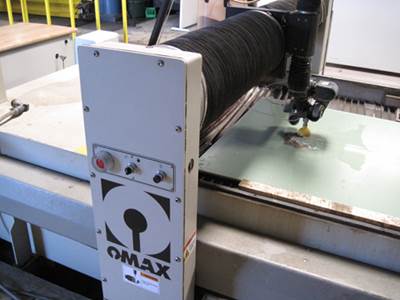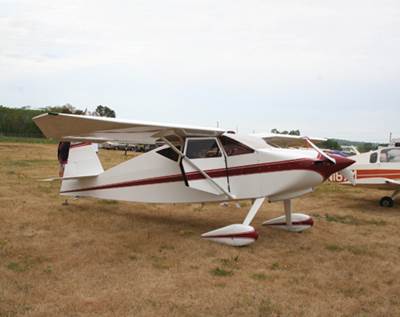Workforce Development
Cutting train doors with precision
GFMI Aerospace & Defense uses waterjet cutting technology to produce glass fiber/epoxy door panels for a major rail car manufacturer.
Read MoreSpace mission maximized via minimized survivability
CFRP design and manufacturing flexibility prove key in first spacecraft fuel tank designed to disintegrate upon reentry for improved mission efficiency and debris mitigation.
Read MoreIn Europe: Fraunhofer-IWES, NaREC Take Blade testing to 100m/328 ft
Two rotor blade testing facilities in Europe have answered the call for testing capability that will accommodate today’s longer blade designs for offshore wind turbines with newly constructed blade test sites.Fraunhofer-Institut für Windenergie und Energiesystemtechnik (IWES, Bremerhaven, Germany), the first to complete its expanded facility, is now able to test 90m/295-ft blades, up from 70m/230-ft test lengths two years ago.
Read MoreIBEX 2012 Review
Under the banner “The Future of Marine Technology,” the 22nd International BoatBuilders’ expo confronts a brave new world.
Read MoreAcoustical architecture: Making beautiful music
On the market for more than 40 years, composite musical instruments have advanced from a novelty to critical acclaim.
Read MoreInfusion of aerostructures: Doubling down on the details
For this carbon-fiber composite manufacturer, little things make big differences in a not-quite-new but still novel double-bag infusion technique.
Read MoreDoing the impossible with Poisson's ratio
Aerospace engineer Dr. Susan Daggett serves up a slice of her composites industry history with a savory twist.
Read MoreMilking platforms: Composites transform New Zealand cow sheds
Waikato Milking Systems (Hamilton, New Zealand) introduced its Centrus composite milking platform in 2009 and, since then, has installed 24 platforms at customer sites. They're made via RTM Lite.
Read MoreComposites as costume: Manga masterpieces
Sophisticated design meets composite materials and manufacturing in cosplay application.
Read MoreSAMPE 2012 Report
The Society’s return to Baltimore is a boost to the advanced materials community and an occasion for interesting industry buzz.
Read More



.jpg;maxWidth=400;quality=70)













